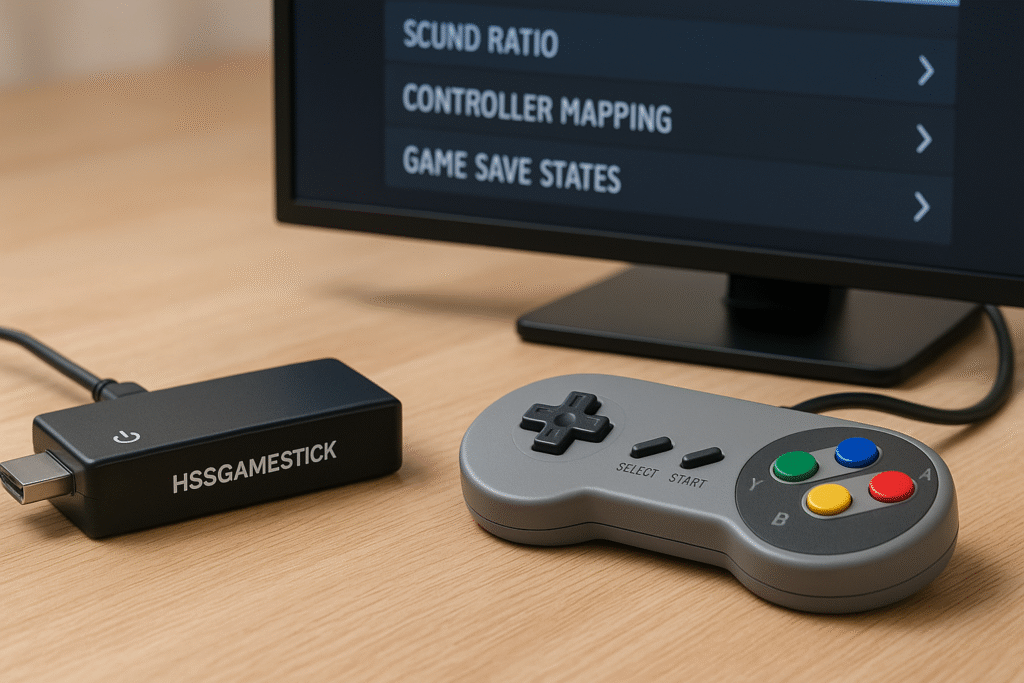Trwho.com Security Review: Scam or Legit? (2025)
Trwho.com is a risky website offering free premium accounts but lacks transparency, user protection, and often triggers malware warnings. Safer alternatives are recommended. ✍️ Introduction: Did you know that over 30,000 websites are hacked every day?In today’s digital age, online security isn’t just a technical concern—it’s a personal one. Whether you’re browsing, creating an account, […]
Trwho.com Security Review: Scam or Legit? (2025) Read More »










